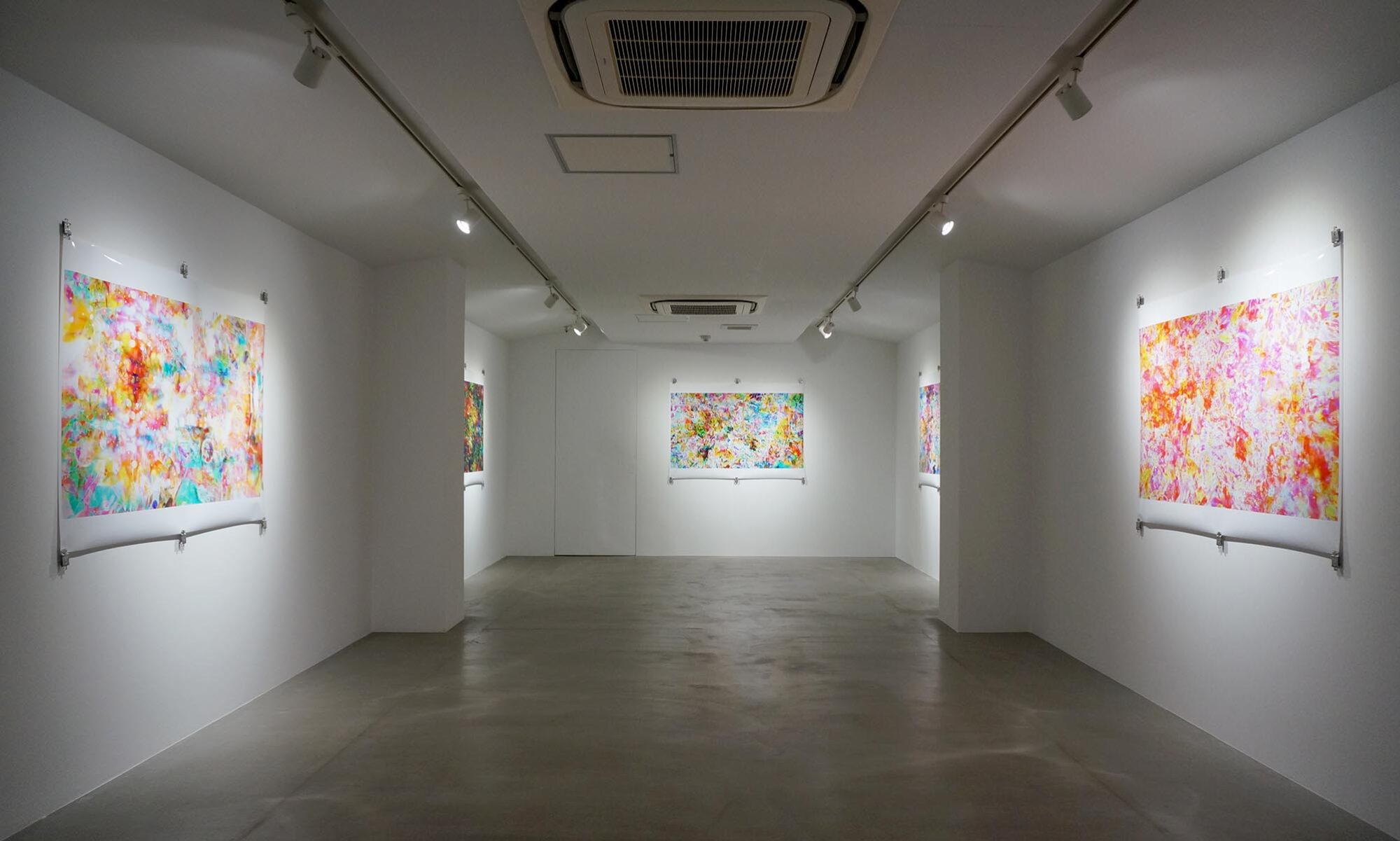陶を用いてユニークな人物像を制作している田島弘庸の作風は、アメリカのポップ・アートの潮流が色濃く反映している。からりと明るい色彩とややグロテスクな人物の表情は、土で成形し、釉薬で着色されているが、日本にはない独特の「トーン」で描かれている。日常生活の中に溢れる何気ない光景を、時にセリフとともに「シーンごと」クローズアップし、ブラックユーモア溢れる世界を表現しているが、その多くには、田島自身の顔をモデルとするセルフポートレイトが登場する。それは、異国の地であるアメリカに長く暮らす自分自身のアイデンティティを、合わせ鏡の向こうから見つめ返すようにして眺めることで覚える「違和感」や「共感」などをモティーフにするためである。その表情を見ると、日本人にも、アメリカ人にも見えてくるから不思議だが、作品にはメタファーが有効であるというのが、田島の考えである。そして、こここでメタファーを生むのは、日米のカルチャーギャップなのである。一見、コメディのように見える様々な場面には、自己を見つめ直すことで見えてくる、アメリカの大衆文化に潜む社会問題や、アメリカから見た日本の文化、日本人の習生などに対する、アイロニーと親しみがたっぷりと込められている。
Tashima’s work is heavily tinged with American pop art trends. The grotesque human figures’ expressions with crisp, vivid colors are shaped with clay and colored with glaze, but drawn in a unique “tone” not found in Japan. His works express a world full of black humor, sometimes with close ups of “each scene” with words, against a nonchalant image of everyday life, many of which feature a self-portrait modeled after Tashima’s own face. The reason for this is to look back at his own identity behind coupled mirrors as a person, who lived a long time in the foreign land of America, and by doing so, turns this identity into a motif for the “strangeness” and “empathy” that he feels. It is curious when looking at these expressions that they appear both American and Japanese, but it is Tashima’s intention that the metaphors within his works are effective, metaphors that originate from the cultural gaps between Japan and America. The various scenes that appear like comedy at a glance are full of irony and familiarity related to social problems lurking within American pop culture, Japanese culture as seen from America, and Japanese habits—all visible by reexamining the self.

